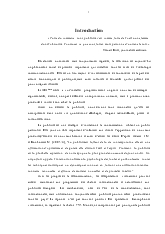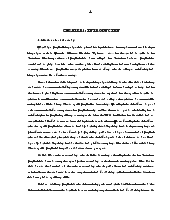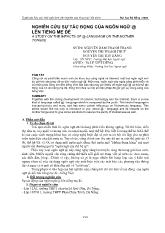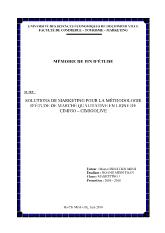Designing an ESP reading syllabus for the second-Year students at the faculty of urban planning Hanoi architectural university (HAU)
- Người chia sẻ : vtlong
- Số trang : 65 trang
- Lượt xem : 11
- Lượt tải : 500
- Tất cả luận văn được sưu tầm từ nhiều nguồn, chúng tôi không chịu trách nhiệm bản quyền nếu bạn sử dụng vào mục đích thương mại
Bạn đang xem trước 20 trang tài liệu Designing an ESP reading syllabus for the second-Year students at the faculty of urban planning Hanoi architectural university (HAU), để xem tài liệu hoàn chỉnh bạn click vào nút DOWNLOAD LUẬN VĂN ở trên
This study aims at designing an ESP reading syllabus for the second-year students
at the Faculty of Urban Planning, Hanoi Architectural University (HAU) to meet the
demand for an appropriate ESP course of the students at this faculty.
The study consists of three main parts: Introduction, Development and Conclusion.
The Introduction states the rationale, aims and objectives, scope, methods and
design of the study.
In the main part of the study, the Development, there are three chapters. Chapter 1
presents the review of relevant theories for designing an ESP reading syllabus, namely
definition of syllabus, the role of the syllabus, types of ESP syllabus, approaches to
syllabus design, steps in syllabus design, needs analysis and reading theories. In chapter 2,
basing on an overview of the teaching and learning situation at HAU and the background
of the target students, the need analysis was conducted with instruments of questionnaires
and interviews to gather information on students’ target needs and learning needs. The data
were collected from various sources: the second-year students, the ex-students, the ESP
teachers and the subject teachers. The results of the needs analysis provide the basis for the
researcher in choosing the appropriate syllabus type, determining the objectives, selecting
and sequencing the content of the syllabus. The proposed syllabus for the target students is
presented in the last chapter of this part – chapter 3.
The Conclusion summarizes the thesis, points out its limitations and proposes
suggestions for further study.




